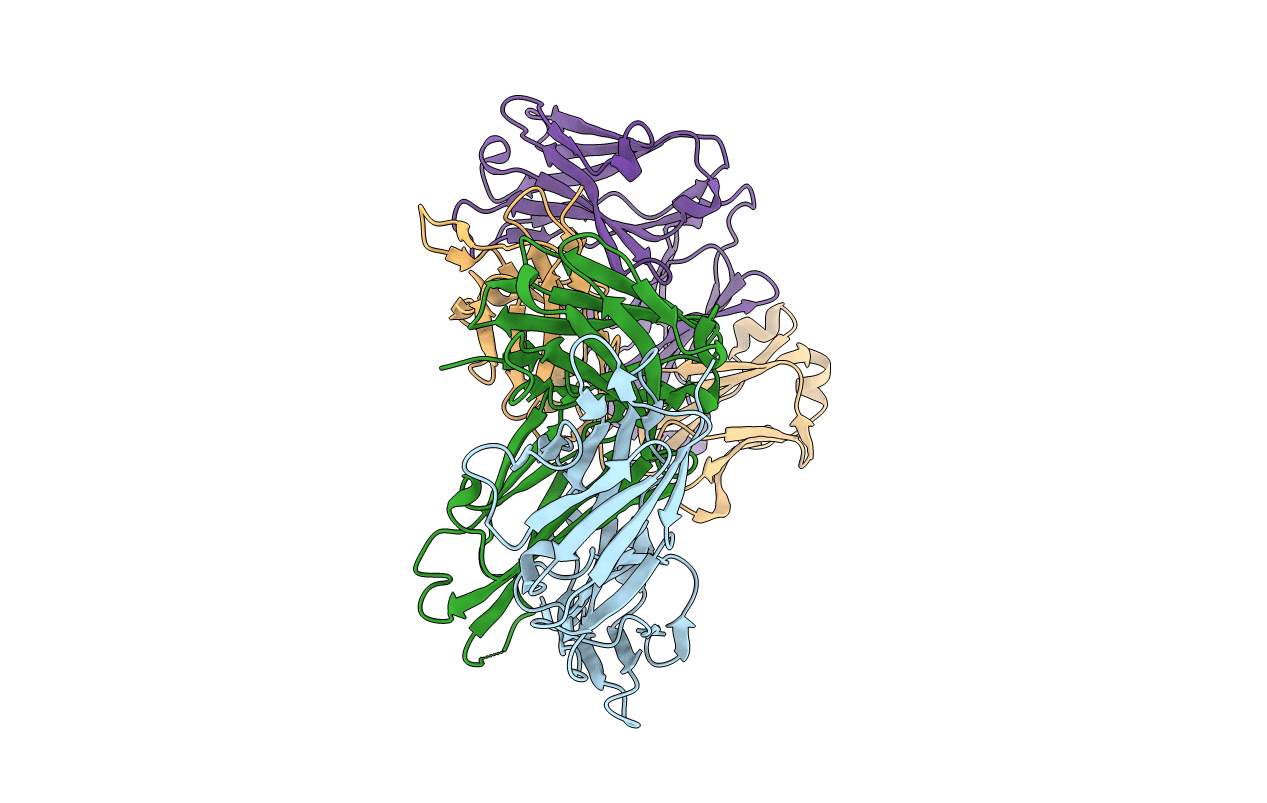
Deposition Date
2019-08-23
Release Date
2020-08-12
Last Version Date
2024-11-13
Method Details:
Experimental Method:
Resolution:
1.75 Å
R-Value Free:
0.23
R-Value Work:
0.19
R-Value Observed:
0.19
Space Group:
P 21 21 21


